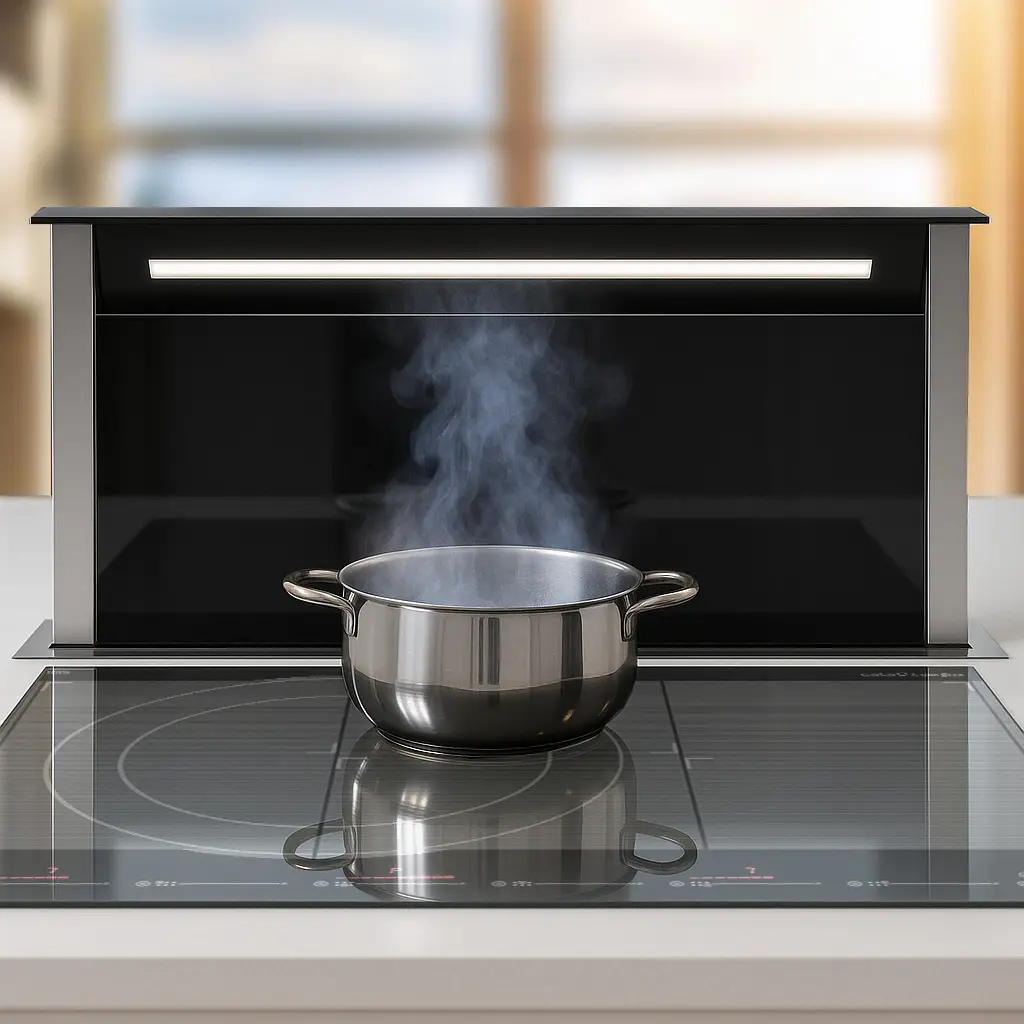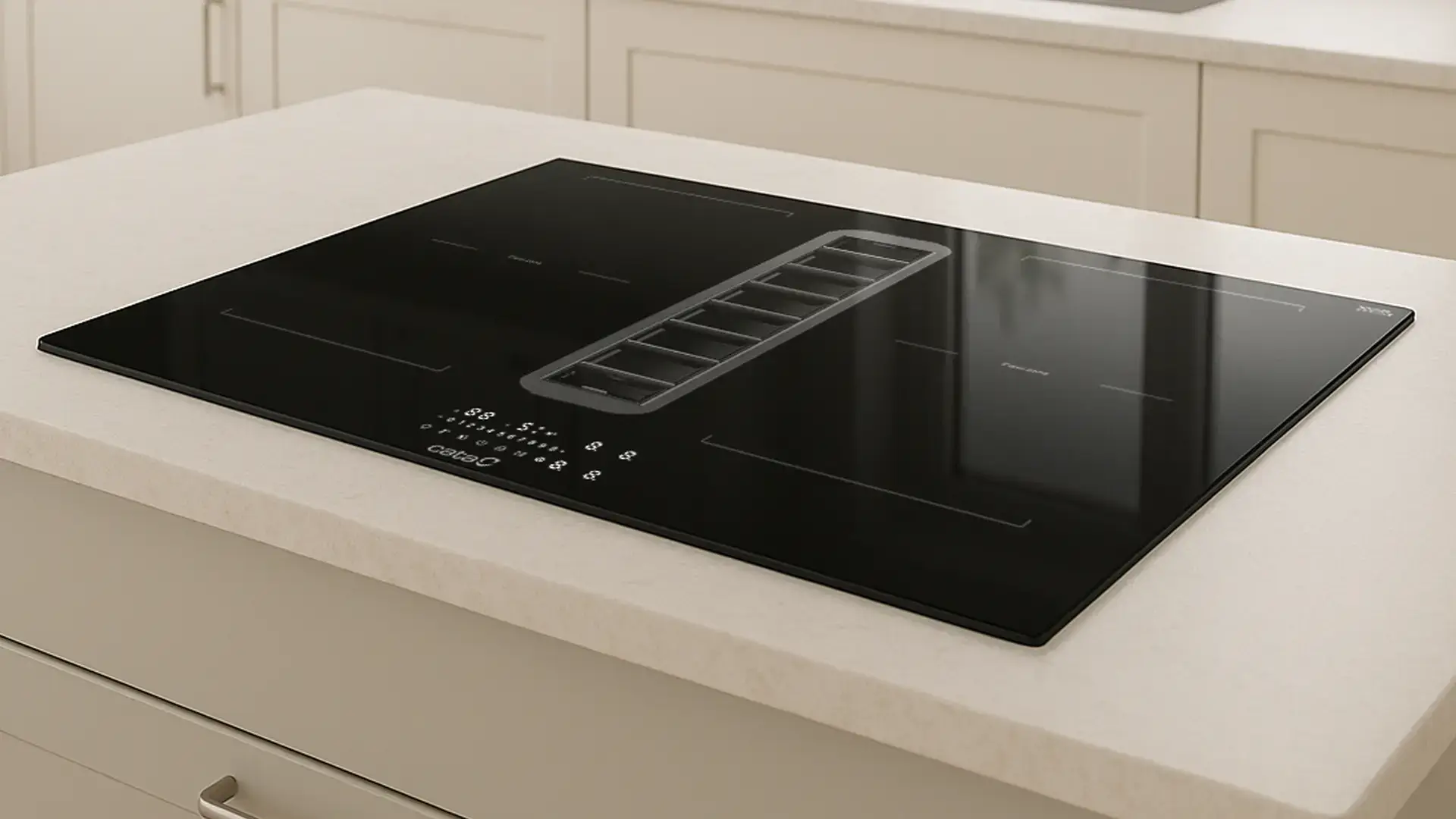
The Future of Kitchen Ventilation: Are Vented Induction Hobs Here to Stay?
Kitchen technology is evolving faster than ever, with appliances becoming smarter, sleeker, and more efficient. One innovation turning heads in modern homes is the vented induction hob, which promises powerful extraction without the need for a bulky cooker hood. But are vented induction hobs just a passing trend, or are they set to redefine kitchen ventilation for good? Let’s take a closer look.
What Are Vented Induction Hobs?
Vented induction hobs combine two appliances in one: a high-performance induction cooktop and a built-in extractor fan. The extraction system sits at the centre or along the edge of the hob, pulling steam, grease, and odours directly downwards as you cook. This eliminates the need for a traditional overhead hood, creating a seamless, minimalist kitchen aesthetic.
For more details on how vented induction hobs work check our guide on How Do Vented Induction Hobs Work?
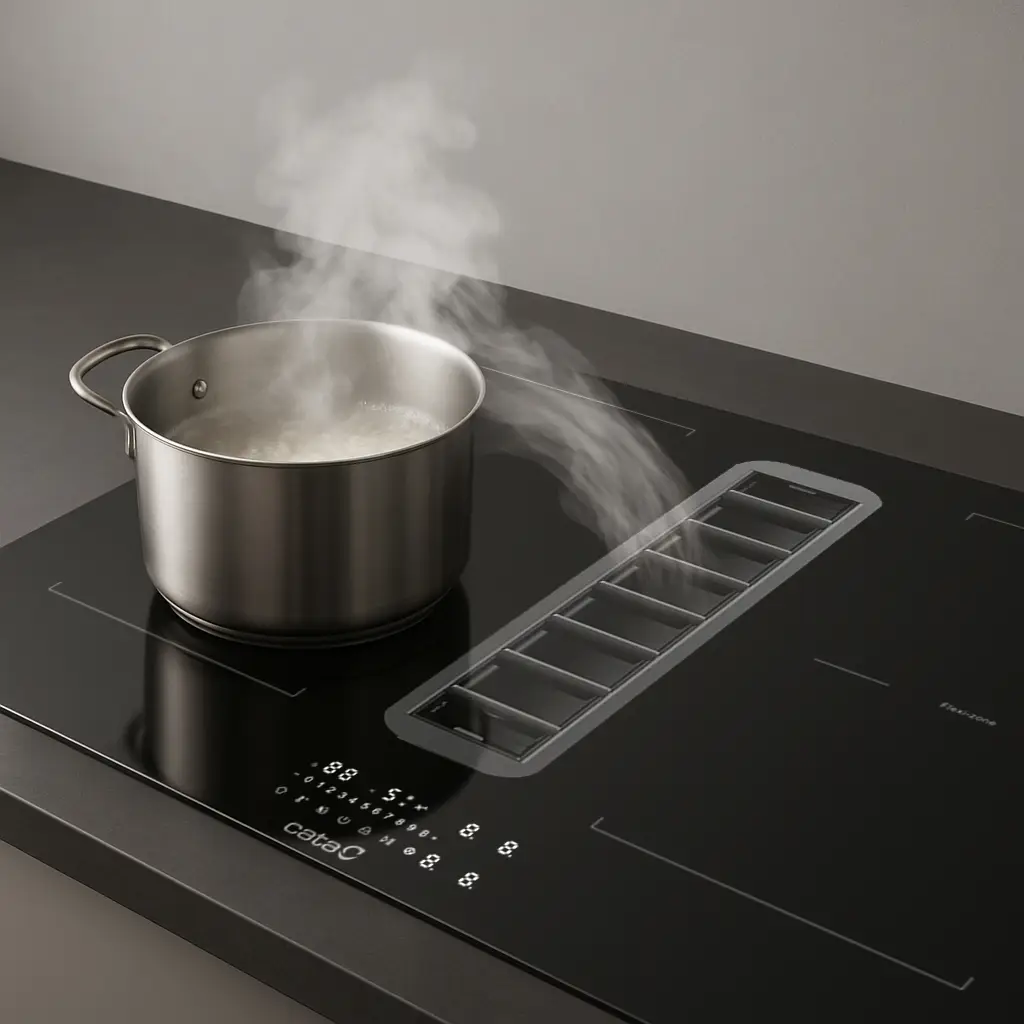
Why Are They Gaining Popularity?
- Space-saving: Perfect for compact kitchens or kitchen islands without space for an overhead hood.
- Sleek design: Create a modern, open-plan look with unobstructed sightlines.
- Effective ventilation: Extract cooking vapours right at the source for cleaner air.
- Open-plan living: Ideal for kitchens integrated into living or dining areas, where bulky hoods can disrupt flow.
The Technology Behind Vented Hobs
Vented induction hobs use powerful downdraft extraction, often reaching airflow rates over 500 m³/h. Many models offer both ducted and recirculating options:
- Ducted systems channel air outside through hidden ducting.
- Recirculating systems filter air through grease and charcoal filters before returning it to the room.
Recent advancements include quieter motors, improved grease separation, and touch controls that adjust extraction automatically based on cooking intensity.
Advantages of Vented Induction Hobs
- Flexible kitchen layouts: Place your hob anywhere, even in a kitchen island without a ceiling-mounted extractor.
- Less visual clutter: Maintain a streamlined look without an overhead hood.
- Efficient cooking: Powerful extraction tackles smoke and odours immediately.
- User-friendly: Easy to clean with removable grease filters and spill-catching designs.
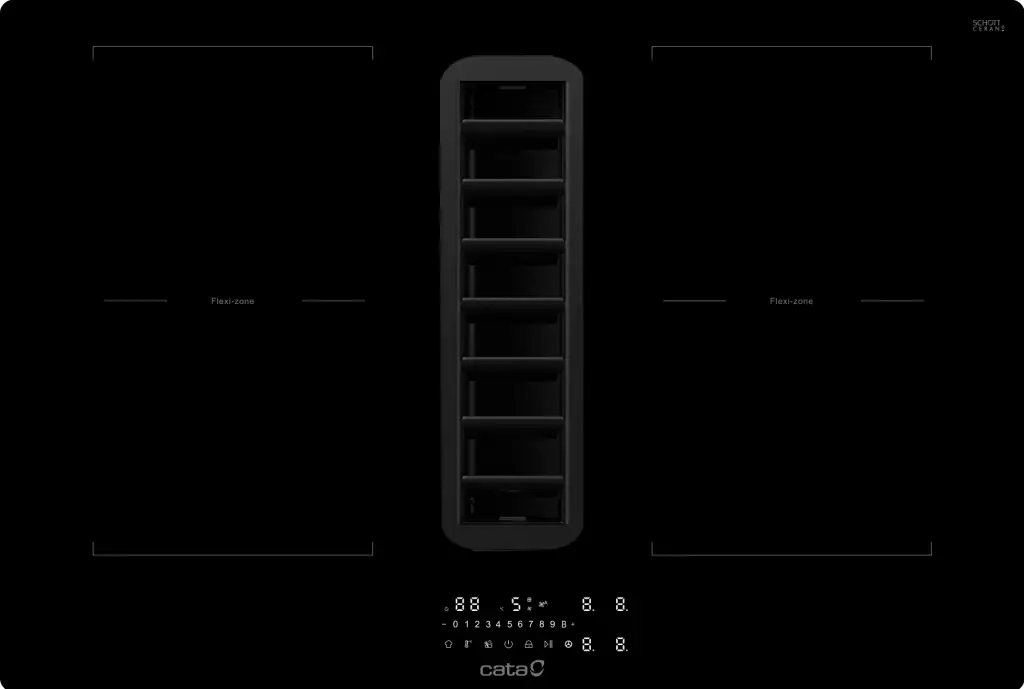
Challenges and Considerations
- Cost: Vented induction hobs often cost significantly more than standard induction hobs plus a separate hood.
- Installation: Ducted systems may require extensive planning and additional work, especially in flats or homes without easy external venting.
- Maintenance: Grease and charcoal filters must be cleaned or replaced regularly.
- Cooking style: Heavy frying or wok cooking can overwhelm some models, especially in recirculating mode.
Market Trends & Consumer Demand
With brands like Cata, Elica, Siemens, and Neff expanding their vented induction hob ranges, it’s clear manufacturers see strong demand. Open-plan living, minimalist kitchen trends, and the desire for unobtrusive appliances have all boosted interest. Industry reports show double-digit annual growth in the vented hob category across Europe, suggesting the market is more than a passing phase.
Are Vented Induction Hobs Here to Stay?
Given the combination of consumer demand, improving technology, and lifestyle trends favouring open, minimalist kitchens, vented induction hobs seem poised to stay. While cost and installation challenges remain, ongoing innovations are making them more accessible, suggesting they’ll become an increasingly common choice.
Kitchen designers praise vented hobs for enabling more creative layouts, especially in open-plan spaces. Appliance experts note the technology has matured rapidly in recent years, with better extraction power and quieter operation. Manufacturers predict vented hobs will continue to gain market share as homeowners prioritise design and convenience.
Alternatives to Vented Induction Hobs
Vented hobs aren’t the only solution for integrated ventilation. Alternatives include:
- Traditional cooker hoods: Cost-effective and available in various designs.
- Ceiling extractors: Discreetly installed in the ceiling, ideal for island cookers.
- Downdraft extractors (separate): Rise from the worktop when needed, though they don’t integrate with the hob.
Each option has its merits depending on budget, kitchen design, and cooking habits.
Frequently Asked Questions
- All Posts
- Cooker Hood Guides & Advice
- Dishwasher Guides & Advice
- General Appliance Guides & Advice
- Hob Guides & Advice
- Laundry Guides & Advice
- Microwave Guides & Advice
- Oven Guides & Advice
- Wine Cooler Guides & Advice
Learn what dishwasher salt and rinse aid do, why they matter, and when to refill them for the best cleaning...
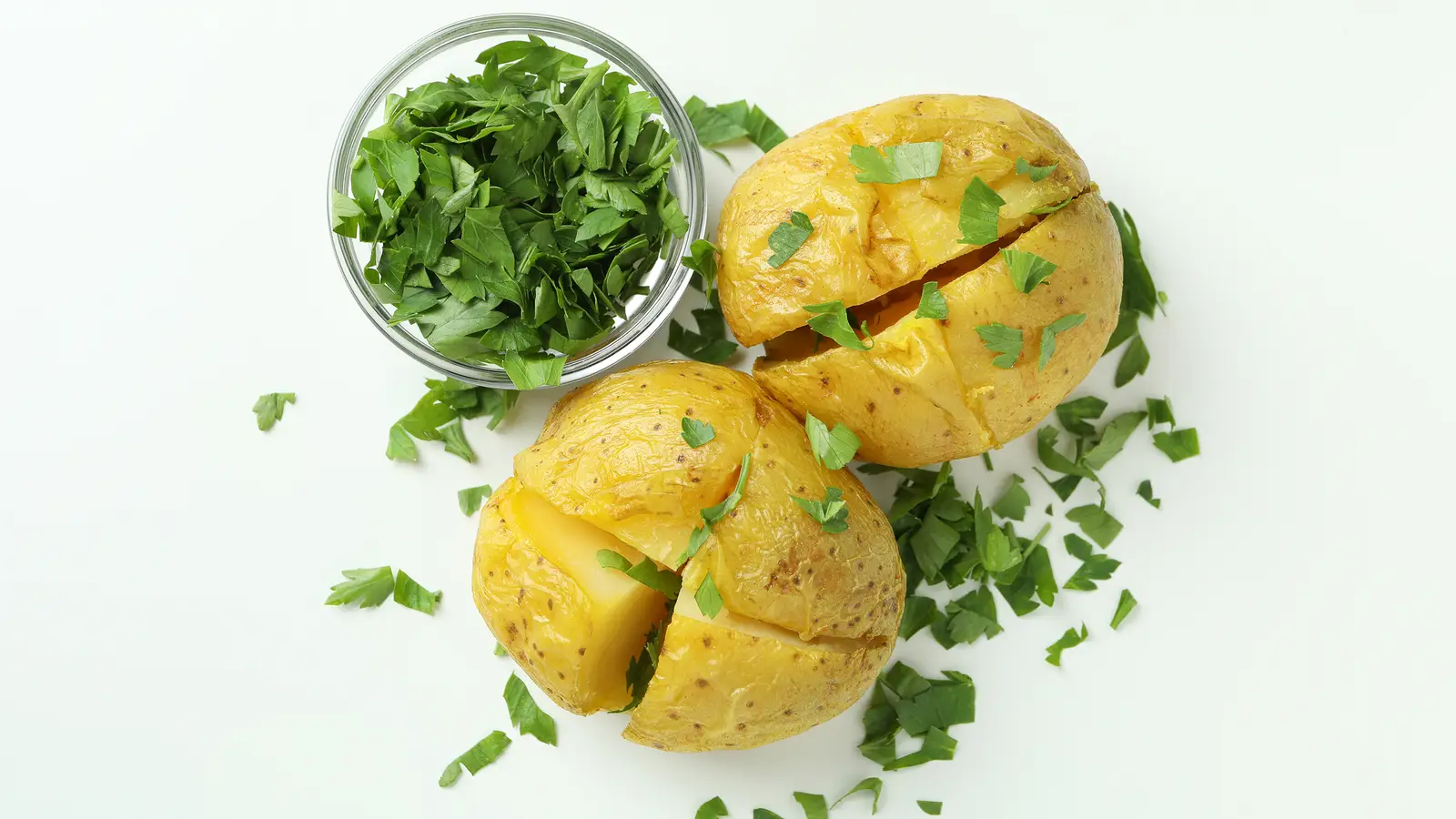
Learn how to cook the perfect jacket potato with crispy skin and a fluffy centre. Quick, simple steps for oven...
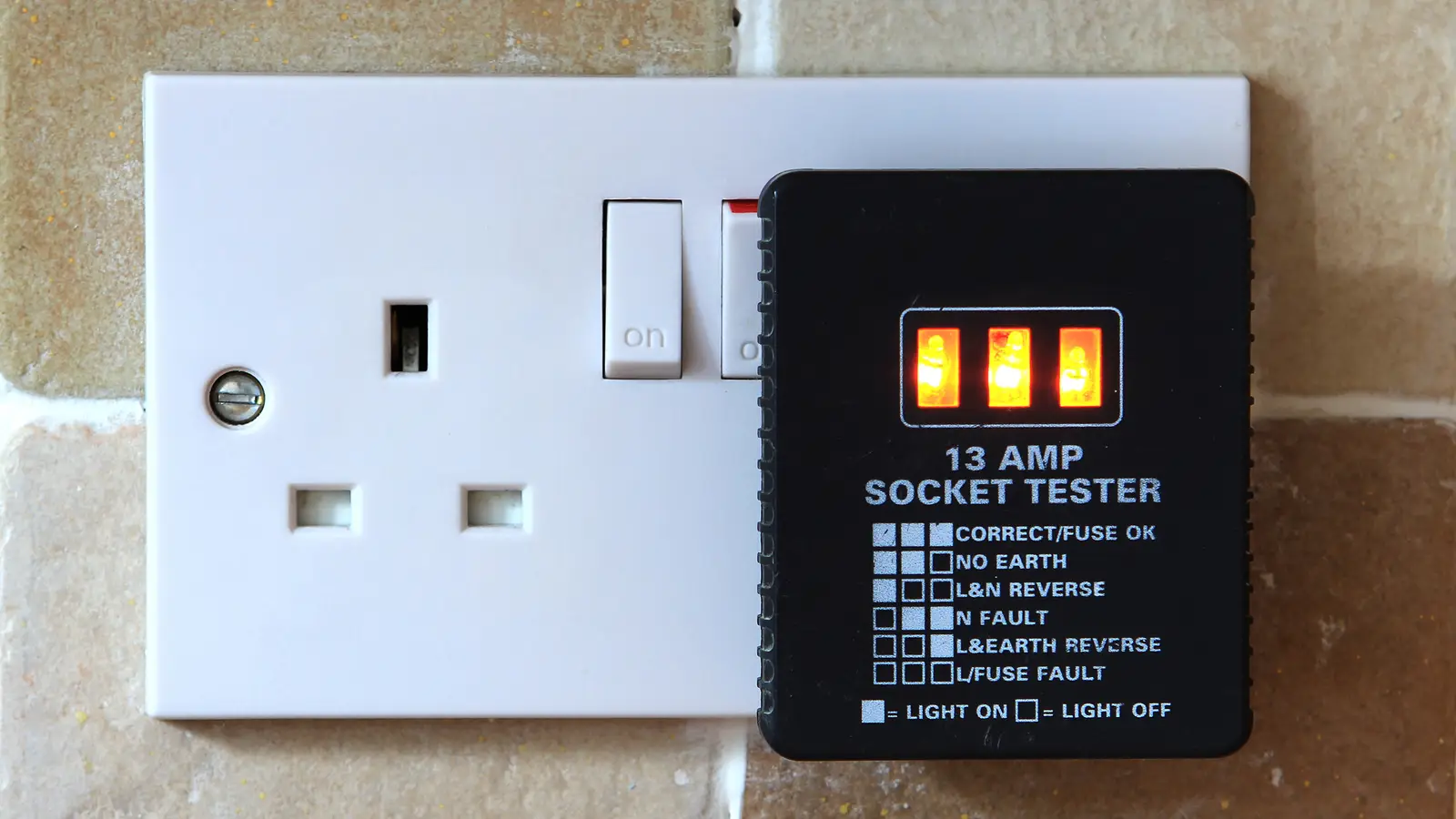
Find out if you can plug a dishwasher into a normal UK socket and what safety rules apply. Quick, clear...
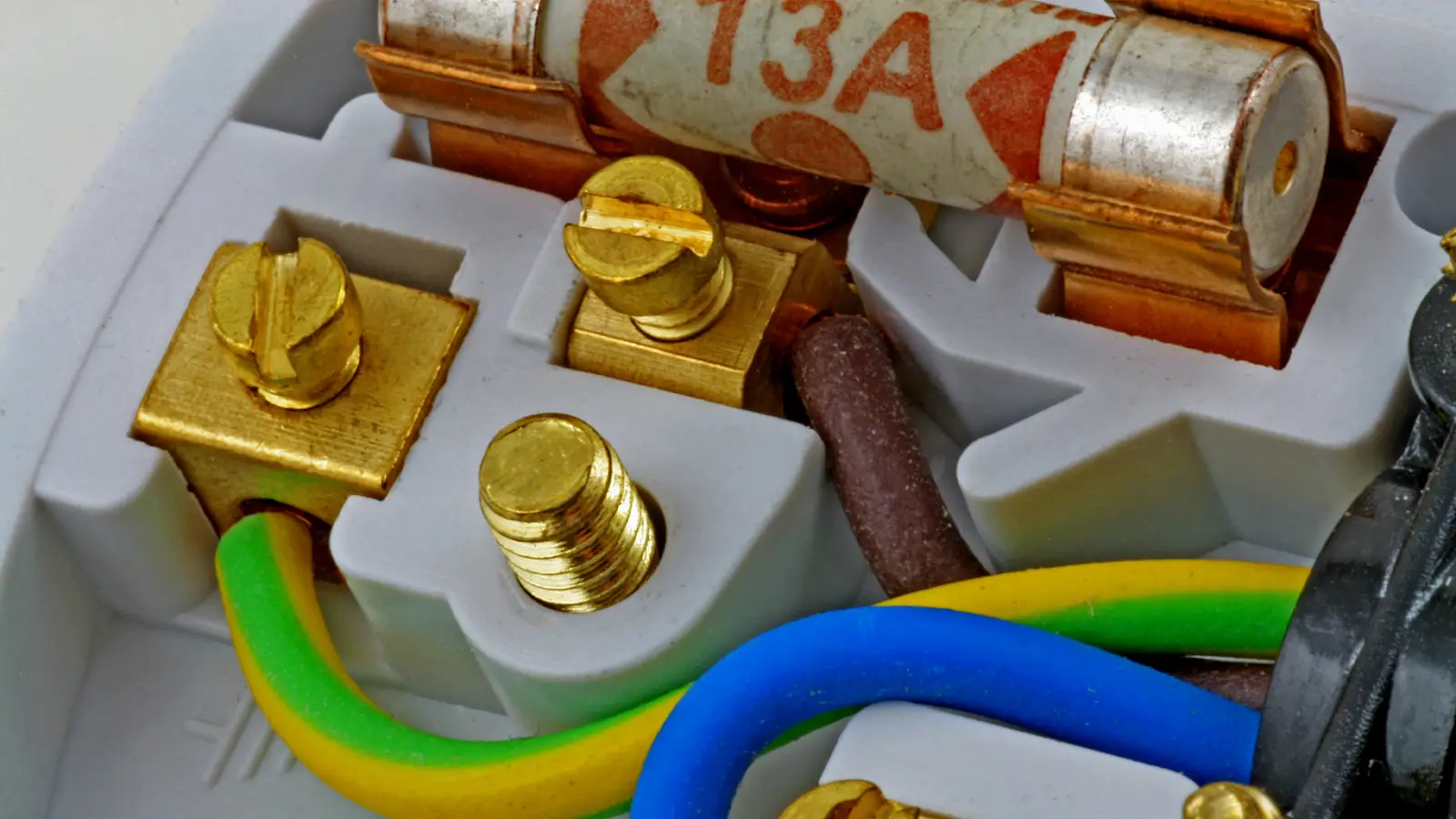
Unsure if a microwave & grill combo can use a normal UK socket? Learn the rules, wattage limits and safety...
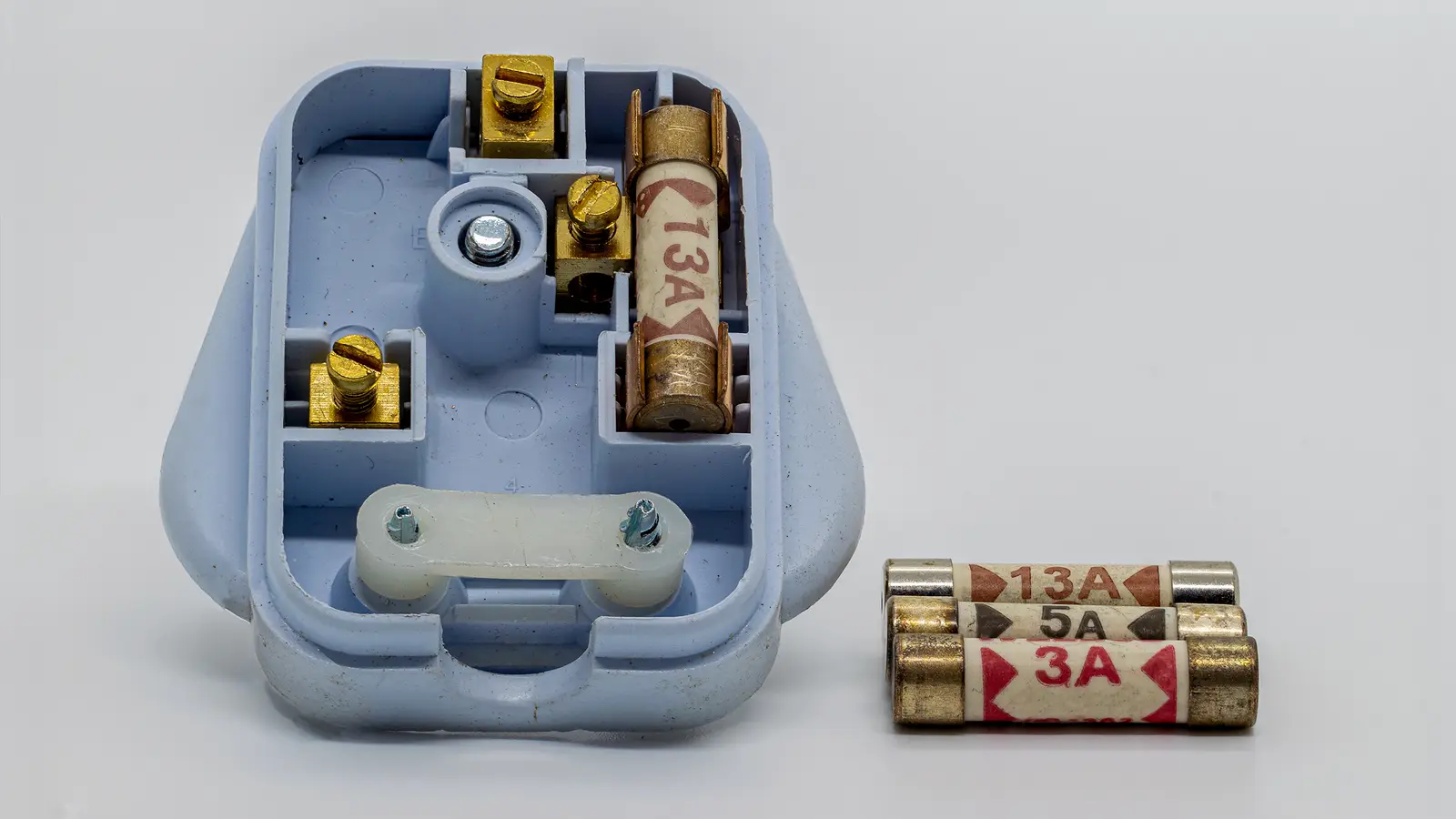
Can you plug a cooker hood into a normal socket? Learn what UK rules allow, safe installation tips, and when...
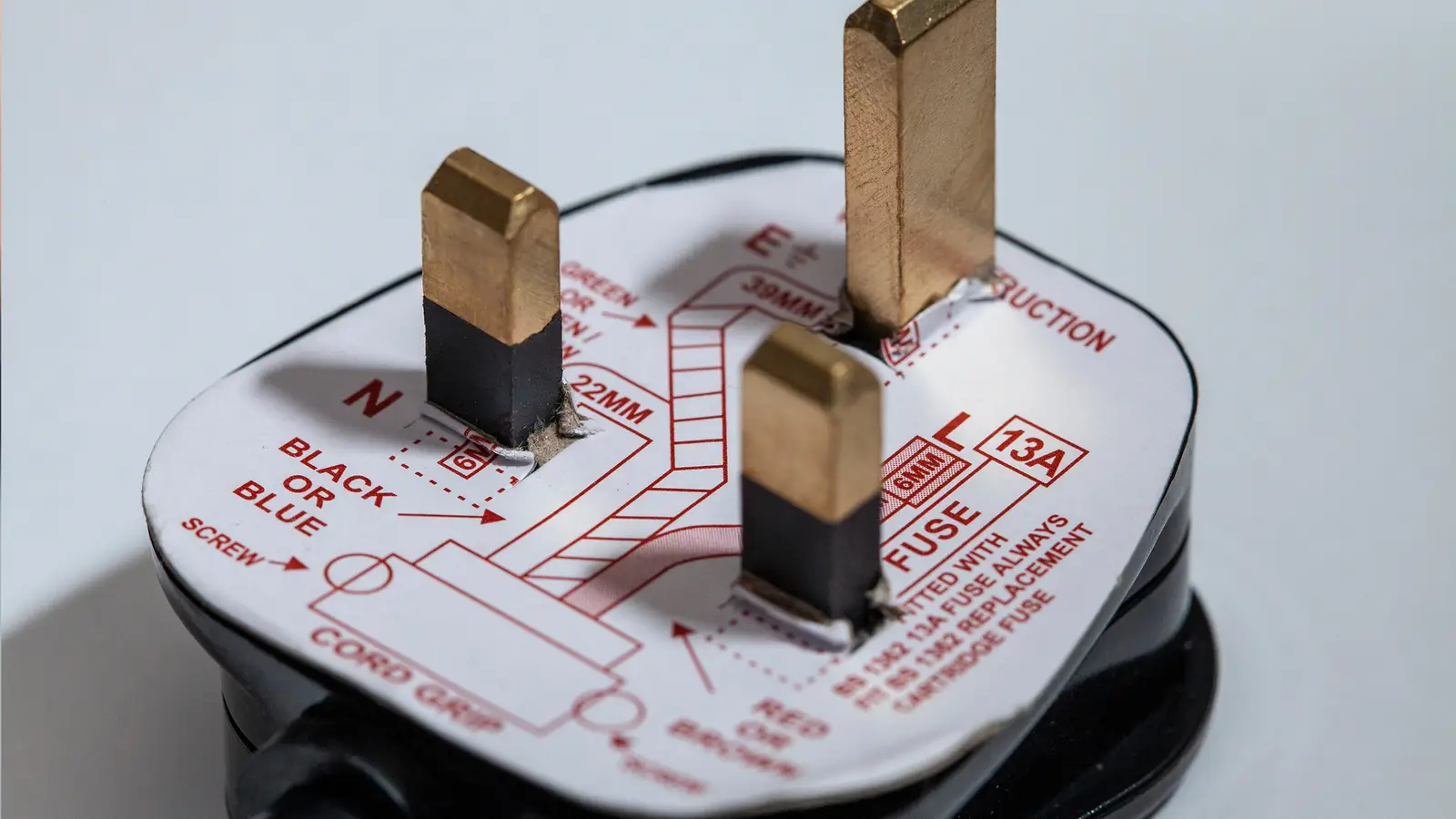
Find out when you can safely plug an induction hob into a normal UK socket and when hard-wiring is required....
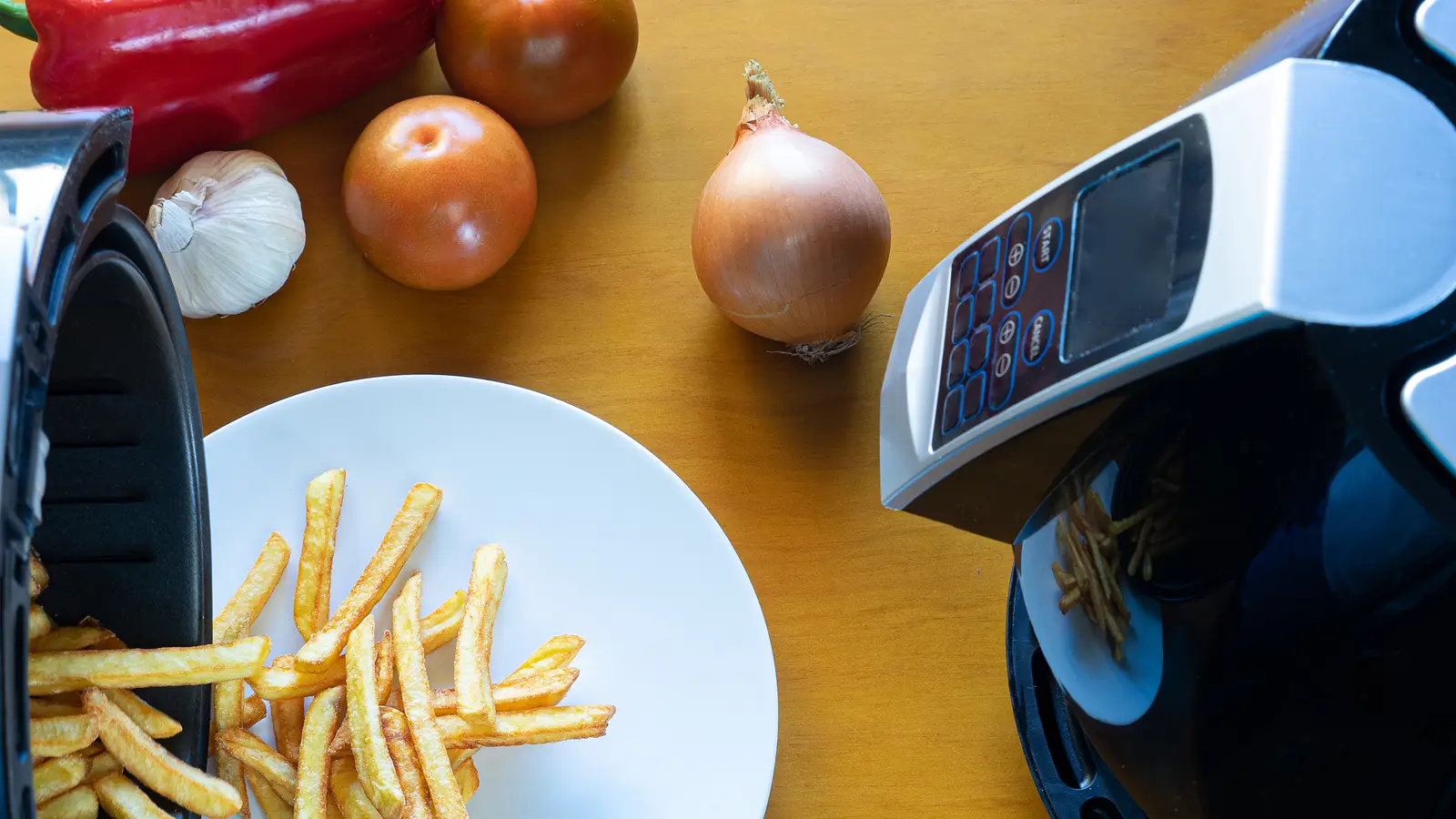
Compare real UK running costs for ovens, air fryers and microwaves. See which appliance saves you the most on everyday...

Storing wine in a fridge can damage flavour and cork health. Learn why temperature swings matter and how to store...
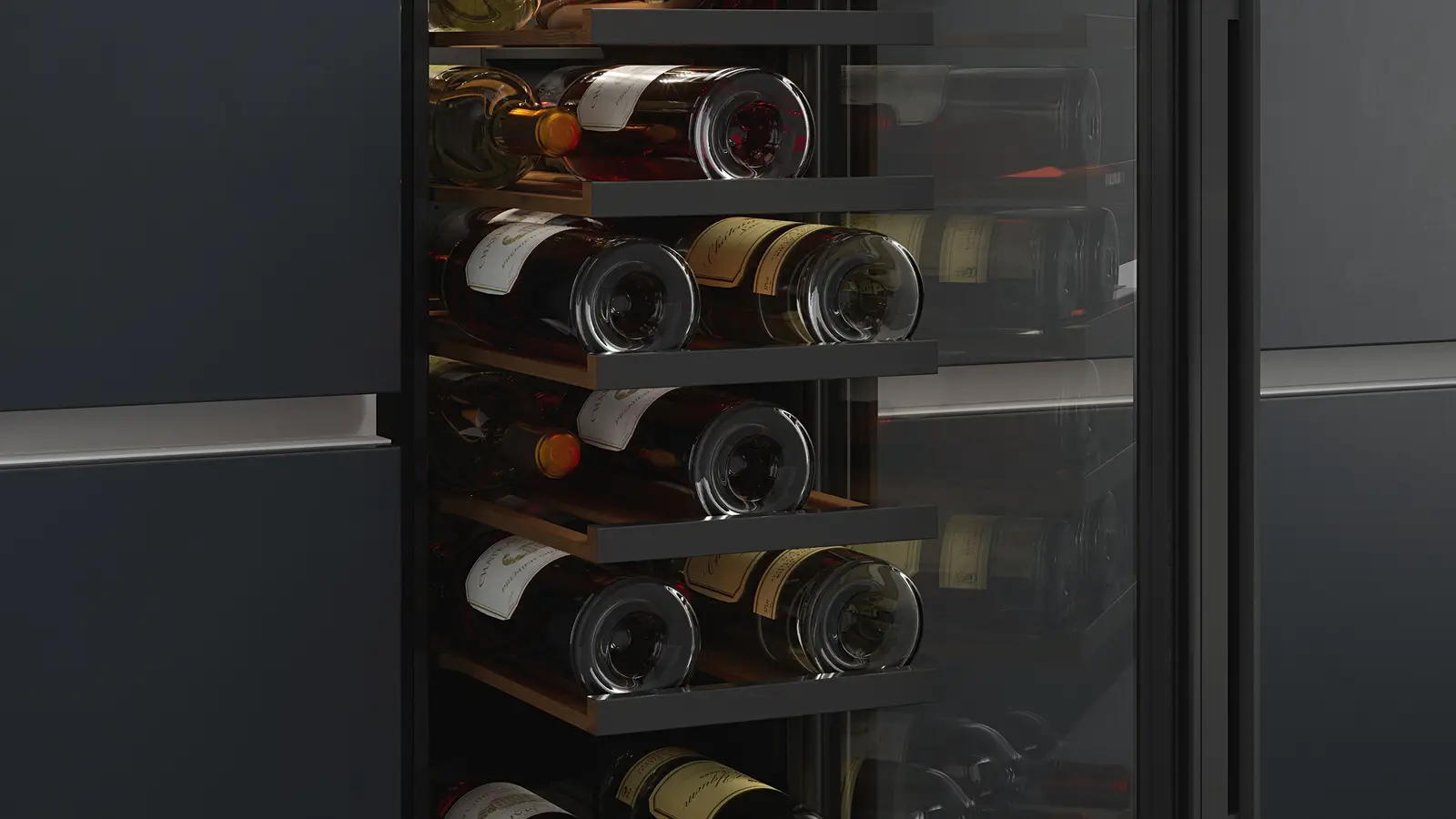
Learn how rubber feet, shelves and flooring reduce vibration in wine storage. Keep your bottles stable and ageing perfectly. Read...
